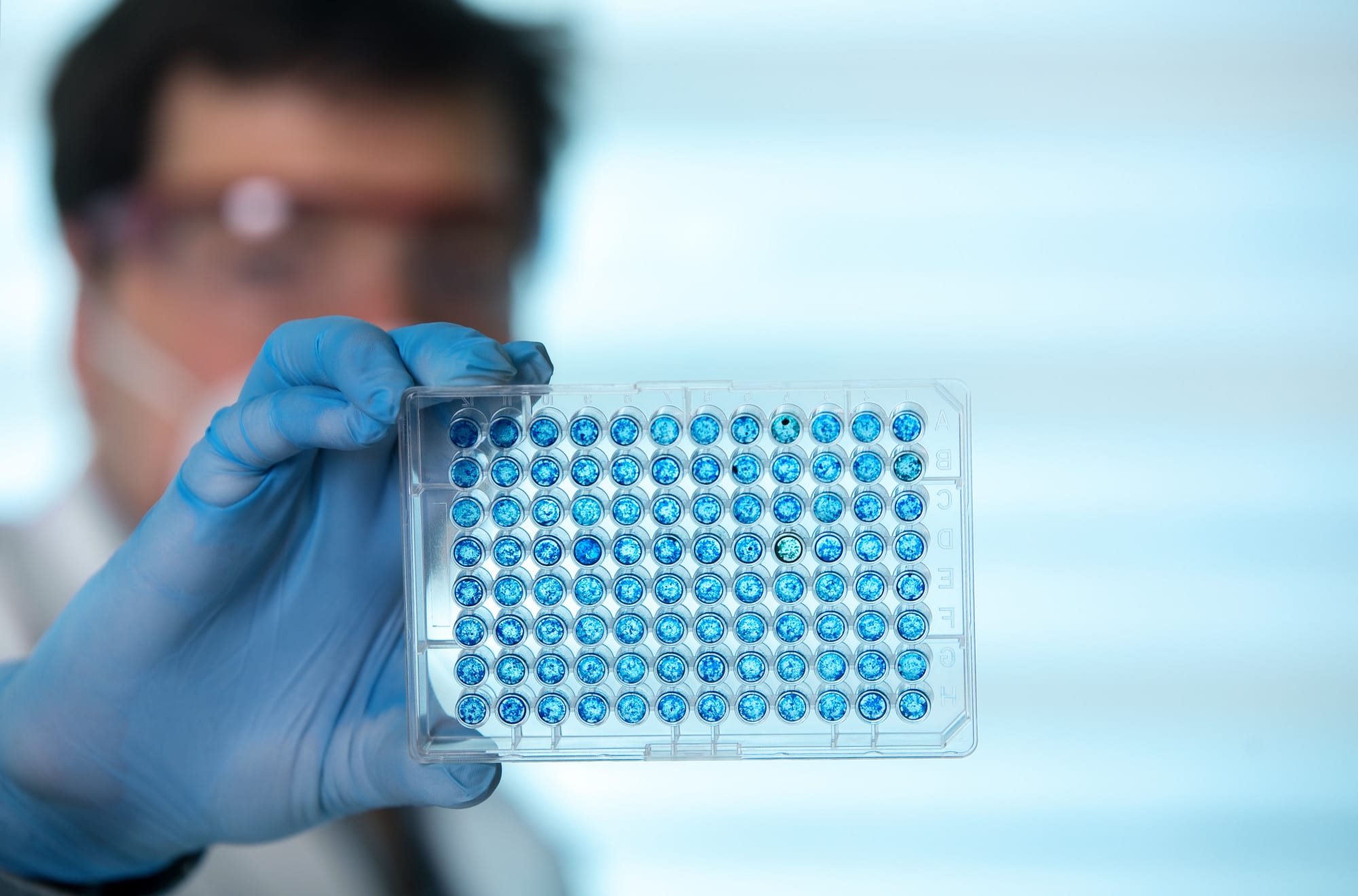People have been debating stem cells and their use for years. But now, amid COVID, the debate is at a fever pitch.
Large scale trials using stem cell therapy to treat COVID complications have people wondering what stem cells are and how they’re used to treat disease. Even though the debate continues, the average person doesn’t know what stem cells are.
So, where do stem cells come from? Read on to learn the basics.
Where Do Stem Cells Come From?
Stem cell therapy has many uses. Scientists use stem cells to lay the groundwork for scientific breakthroughs and effective treatment methods. The wide range of applications makes stem cell research an essential tool for the worldwide scientific community.
But where do stem cells come from? The answer to that question depends on the type of stem cell you’re examining. The two main types of stem cells are adult stem cells and embryonic stem cells.
Scientists extract adult stem cells from living humans. Embryonic stem cells, however, come from human embryos. Adult stem cells are approved for stem cell treatments and have a wide range of benefits. Embryonic stem cells are much more controversial and are not approved for treatment in the US
What Are Adult Stem Cells?
Stem cells exist everywhere in the human body and are the building blocks of our organic tissue. Initially, scientists deemed adult stem cells inferior to embryonic stem cells because they thought embryonic cells were more versatile.
But that’s not true.
Even though adult stem cells can’t morph into all 200 human cell types, evidence suggests they are much more versatile than scientists believed. Adult stem cells can also repair cells through mechanisms embryonic cells can’t.
“Adult” is not an entirely accurate descriptor for adult stem cells since they can come from children. The term’s primary purpose is to distinguish adult stem cells from embryonic cells.
IPS Cells
Since adult stem cells have limitations, scientists created a reprogramming method. This reprogramming method turns adult stem cells into IPS cells. IPS stands for induced pluripotent stem cells.
These reprogrammed cells carry the potential to blend the uses of adult and embryonic stem cells.
Perinatal Stem Cells
Perinatal stem cells are the most underutilized and useful stem cells, and their benefits could significantly advance the field. Perinatal stem cells are unique because they possess both adult and embryonic stem cell benefits without their drawbacks.
Despite their numerous benefits, they are still classified as biological waste and discarded after the mother gives birth. Perinatal stem cell therapies range from inherited disease treatments to stroke treatments. Because of their benefits and limited drawbacks, the scientific community sees perinatal stem cells as the future of stem cell therapy.
What Can Stem Cells Treat?
Stem cell treatments grow every year, and stem cell treatments are the foundation of regenerative medicine. Regenerative treatment methods use stem cells to replace diseased cells.
Stem cells can also travel through the bloodstream and use signaling methods to other cells. For example, mesenchymal stem cells exert anti-inflammatory and anti-scarring signals that can impact the immune system.
Some examples that stem cell regeneration therapy might help are Parkinson’s disease, heart disease, cancer, and stroke victims. Stem cell transplant therapies can treat diabetes, spinal cord injuries, and osteoarthritis.
But another important potential use for stem cells is its potential to treat COVID-19. Stem cell therapy may be able to regenerate patients damaged lungs after COVID-19, and it might have useful immune system benefits.
Stem Cells and Nerve Repair
Injuries to the peripheral nervous system, unlike the central nervous system, have the potential to benefit from stem cell therapy. Studies show that stem cells can be used as an alternative to surgery in some cases.
Whether or not stem cell therapy can repair peripheral nerve damage depends on the severity of the injury as well as other factors, but the data is encouraging nonetheless. Stem cell transplantation provides essential support to the existing cells.
Anti-Aging Stem Cell Therapy
As previously mentioned, stem cells carry regenerative qualities. These regenerative qualities aren’t limited to the nerve system or organs. Stem cells can also slow the aging process. Reported anti-aging benefits from stem cell therapy include increased energy, wrinkle reduction, reduced joint pain, and boosted immunity.
The other benefit of anti-aging stem cell therapy is the lack of side effects and dangers. With no chemicals and a non-invasive treatment method, anti-aging stem cell therapy could be the best way to introduce the public to stem cell therapy’s numerous benefits.
Testing New Drugs Using Stem Cells
In addition to the long list of therapies, researchers plan to use stem cells for new drugs. Scientists can use stem cells to test experimental drugs. For example, if a company wants to test an experimental immunotherapy drug, it can study the effects on stem cells before going to human trials.
By harvesting stem cells from the heart, lungs, or any other area of the body, scientists can study how cells respond in different environments and to various substances.
Stem Cell Therapy Survival Rate
As the science of stem cell therapy advances, the survival rate rises. A Journal of Clinical Oncology study showed a steady increase in survival rate over twelve years.
One hundred days after stem cell transplant, the scientists saw a spike in the survival of patients with myeloid leukemia. The study was a landmark breakthrough that shows the potential of stem cell therapy.
An Evolving Field
Stem cell therapy’s benefits are too many to ignore. Now that you have a better answer to the question, “where do stem cells come from,” you understand the full range of medical issues they can solve.
Understanding the basics of human stem cells is just the beginning. To fully understand stem cell therapy, it’s wise to continue searching for information.
At the Stem Cell Institute of Hawaii, we can answer all your questions regarding stem cell research and therapy. Click here to learn more about what we provide!

